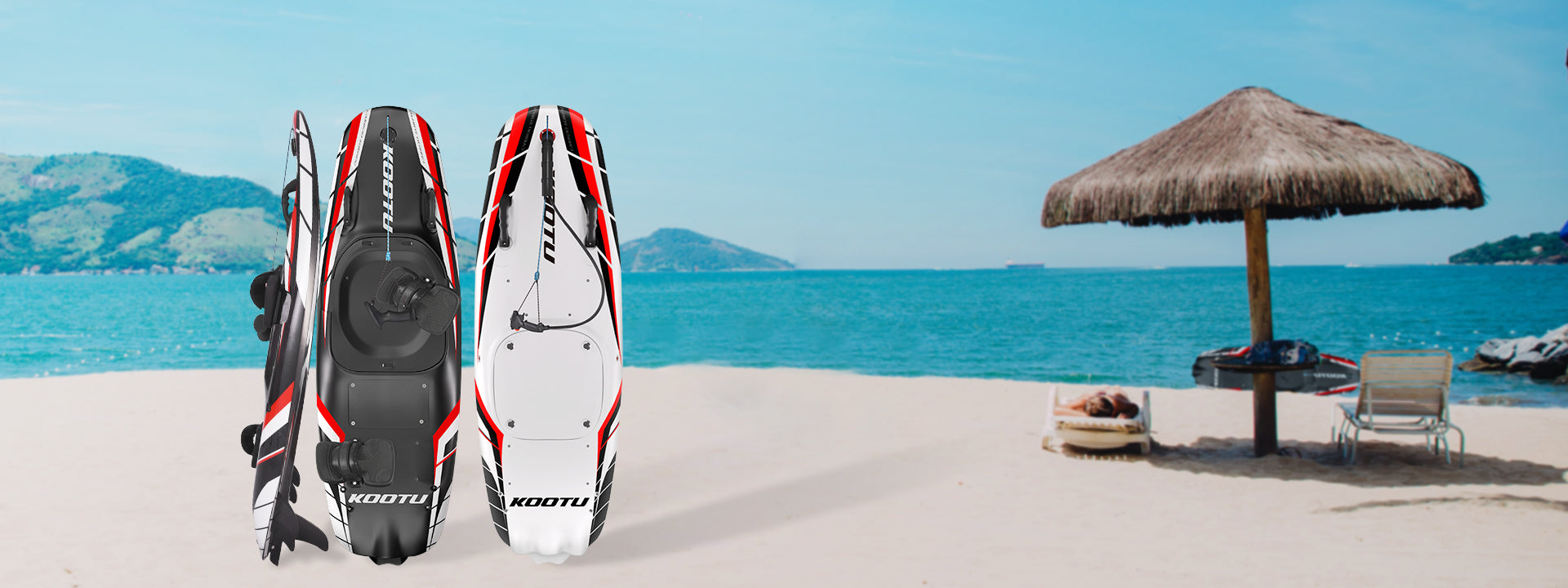How are Kootu carbon fiber bikes made?
KOOTU Carbon fiber bikes are made through a process called "layup", where layers of carbon fiber sheets are placed onto a mold and then bonded together with an epoxy resin. Here's a step-by-step breakdown of the process:
Design: The first step is to design the bike, including its geometry, tube shapes, and structural requirements. This is done using computer-aided design (CAD) software.

Molding: Once the design is finalized, a mold is created that matches the desired shape of the bike. The mold is typically made from metal or composite materials.

Cutting carbon fiber: Carbon fiber sheets are cut into specific shapes and sizes using CNC (computer numerical control) machines.

Preparing epoxy resin: The epoxy resin is prepared by mixing together two or more components, typically a resin and a hardener.

Layering: The carbon fiber sheets are then carefully laid onto the mold in a specific orientation, with each layer placed at a slightly different angle to increase strength and stiffness. This process is repeated until the desired number of layers is achieved.

Bonding: The epoxy resin is then applied to the carbon fiber layers, saturating the material and bonding the layers together.

Curing: The bike frame is then placed into an oven or autoclave where it is heated to a specific temperature and pressure to cure the epoxy resin. This process can take several hours.

Finishing: Once the frame has cured, it is removed from the mold and any excess material is trimmed away. The frame is then sanded, painted, and assembled with components to create a complete bike.















